 Saturday, July 10, 2021 |
Saturday, July 10, 2021 |  Hugh Locke
Hugh Locke Moving From Crisis to Opportunity in Haiti
The tragic assassination of President Jovenel Moïse in his private residence last Wednesday, along with the wounding of the first lady, has raised questions about exactly what is happening in Haiti. I would like to share some personal observations with two provisos: one, that I am what locals call a “blan”, which is a term used for all foreigners, and two, that this is a detail-heavy missive intended for friends and supporters who are already somewhat familiar with Haiti (if you want a quick history primer, click here for a relevant excerpt from my book The Haiti Experiment).
When a country is going through turmoil on the scale that Haiti has experienced over the past few years, there are three stages that can be used to describe the process. Here I am drawing on research by Robert I. Rotberg, Founding Director of Harvard Kennedy School's Program on Intrastate Conflict, with apologies for any errors in my interpretation.
First is a “fragile state” in which the government and its institutions are vulnerable to internal and external shocks and conflicts, but they manage to keep it together and weather the storm. Beaten but able to rebound (my words).
The next level of turmoil is described as a “crisis state” in which the government and institutions are under acute stress and go through periods of being unable to maintain control of the situation, but eventually recover. This often opens the field for either new leadership or a consolidation of the existing power structure. Beaten and temporarily down, but potentially changed as a result—for better or worse.
The last and worst-case scenario is that of a “failed state” in which the government can no longer provide basic security and economic stability, while also unable to exercise control over its territory and borders. Beaten down and coming apart at the seams.
Haiti has long since passed from fragile to a crisis state, where it has languished for many years. Unless there are some significant changes in the near future, it is headed toward failed state status. This is relevant to the rest of the Western Hemisphere because nation states are the bedrock of a legitimate world order. One failed state functions like a vortex that will inevitably draw international organizations and larger nations into the fray whether they want it or not. Every ongoing conflict or strain or trade dispute between these organizations and nations will be overlaid onto the local fracas in Haiti. The results could be messy and potentially destabilizing to the region… not to mention the inevitable exodus of people who will be fleeing by boat to the shores of Florida.
The brazen assassination this week has left the question of the country’s leadership succession in limbo. During his four years in office, President Moïse named six prime ministers and on Monday, the day before he was killed, he had just appointed a seventh, Dr. Ariel Henry. The outgoing prime minister, Dr. Claude Joseph, has now claimed that he is in charge because Dr. Henry was not officially sworn in. This unusual scenario has emerged because the line of succession set out in Haiti’s constitution states that the president of the Supreme Court is next in line, but Chief Justice René Sylvestre died of Covid-19 at the age of 58 only a few weeks ago.
The government itself was significantly pared down before this. Parliamentary elections that should have taken place in late 2019 were delayed because of political disputes and the general security situation, resulting in the president ruling by decree ever since.
With government functions greatly reduced and the police handicapped by a lack of funding and, by their own admission, infiltrated in some parts by criminal elements, gangs, long a presence in Haiti, have stepped in to fill the void.
And here it is important to explain that gangs are for the most part proxy combatants sponsored by various figures from within government circles as well as influential business families. This is not to disparage the majority of the good and noble from within these two groups who are not engaged in such activities, but gang sponsorship is an undeniable fact of life in Haiti.
For some time now there has been a transformation underway in gangland. With greater freedom to operate, some 95 separate gangs (the number estimated by OCHA, the UN Office for the Coordination of Humanitarian Affairs) in the capital of Port-au-Prince have begun to loosen their sponsor ties by undertaking a wave of kidnapping for ransom to support their activities. Last month gangs staged a coordinated series of raids on several police stations for weapons. Before this they stormed a major prison in order to free some of their leaders. Large sections of the capital are now under the control of various gangs who have begun forming alliances between themselves when not engaged in armed battle with other gangs for territory and power. It is not an exaggeration to say that a state of civil war is at least a neighborhood-by-neighborhood reality in the capital.
Add to this a significant rise in Covid-19 variant cases throughout the country, an estimated 16,000 people displaced by gang violence and living in temporary facilities, the very real possibility of elections being delayed yet again, an economy in free fall, and prices for food and other basics on the rise.
But it is food itself that is becoming a major issue, and more specifically the lack of it. Haiti imports 50 to 60 percent of what the country consumes, but supply chains have been disrupted, prices are rising, and local production, which normally supplies the rest, has been significantly reduced due to a combination of climate change and local market disruptions.
UNICEF reports that an estimated 86,000 children in Haiti under the age of five face severe acute malnutrition this year which, when not urgently addressed, can cause death. Another 217,000 children face acute malnutrition, which leaves them vulnerable to stunting, impacting the rest of their lives.
While it is important to acknowledge the scale and nature of the challenges facing Haiti, I think it is a waste of time to hope for mea culpas from those responsible. Instead we need to focus on the specific steps required to strengthen Haiti so that it can get past its persistent crisis status and off the danger list for nation-state failure.
So who is the “we” invoked here. Specifically, it is the members of what is called the Core Group. This is an unofficial coalition of ambassadors and officials from the United States, Canada, France, Brazil, Spain, Germany, the European Union and the Organization of American States. Collectively these are the outside forces with the money and clout to make a difference, albeit with a track record that is by no means unanimously hailed as being entirely positive. It should also be noted that the two largest sources of development assistance for Haiti—the Inter-American Development Bank and the World Bank—are only indirectly represented by others within the Core Group.
The “we” also includes the elected representatives and citizens of these foreign countries, as they have the power to influence the decisions taken by their governments.
If afforded the opportunity to reset the development agenda for Haiti, I would propose three changes to get started: giving the reins of power back to Haitians, building a strong rural agricultural economy, and investing heavily in education. I have thoughts on the first two, while admitting I do not know much about education other than to be certain that the country desperately needs public schools for the 80% of primary school children currently enrolled in private schools which their parents are hard pressed to afford.
I feel the single most important component that the Core Group can do to change things for the better is let Haitians run their own country. Yes, it is clear to all that the government is not functioning well. Yes, there is rampant corruption. Yes, there are redundant layers of bureaucracy. But decades of external support that largely bypasses the government in order to implement short-term development programs that are not part of a truly Haitian-government-led national plan is part of the problem.
It will not be easy, for sure. And there will be mistakes and disappointments along the way. But working to strengthen the capacity of the government and its institutions to be resolutely in charge of the country’s destiny is the only way things are going to change.
Many readers will assume this is what has been done all along. And while it has been the stated objective of donors on paper, it is very often not the case once it comes to implementation. A given foreign government or international institution will create a project and pledge to provide the funding. They approach the Haitian government and say here is this wonderful project and we want your input as to how it should be implemented. But in reality, decisions have already been made and if the relevant Haitian ministry wants the project, all they can do is make minor adjustments or it will be withdrawn. And then when the project is completed in the eyes of the donor, often after no more than three years and before the project has achieved its goals, there is a complete disconnect from all funding and support. The Haitian side does not have the funding to continue in most instances and so the project collapses, leaving many who had given their all to the initiative with nothing to show for the experience.
Again, such a change in approach will not be easy. Case in point is PetroCaribe, where an estimated $2 billion of government funds earmarked for badly needed social programs was stolen and to this day has never been accounted for. Then there is the estimated $13 billion in international aid sent to Haiti following the 2010 earthquake, and yet the country has not made discernible progress. How can so much foreign aid result in so little change?
To start, the government of Haiti has become completely dependent on foreign aid while at the same time unable to use this funding to implement their own comprehensive national and long-term development plan. Instead, the funding comes attached to a range of individual projects that are pre-determined by foreign donors. Very little can be used to actually build the overall capacity of the government. The result is that a loosely held together government does not have a strong administrative core. People are often, though by no means always, inclined to siphon off funds from individual projects knowing that it will not really be missed because most of these projects will end after a few years and have no ongoing life anyway.
The international NGO community, of which I am a member, also has a lot to answer for in not allowing the Haitian government’s involvement in coordinating their efforts to ensure they are supporting a comprehensive development plan and to avoid both duplication or unnecessary gaps.
To understand what positive change looks like you only need to consider the health sector. I am personally familiar with several international NGOs that have made a huge contribution to helping the Ministry of Health build its capacity, are providing exceptionally good basic health care to hundreds of thousands, and are training generations of highly qualified Haitian health professionals to take charge.
When it comes to agriculture, I am admittedly biased because I am co-founder, with my colleague, Timote Georges, of the Smallholder Farmers Alliance(SFA). We have seen firsthand that with a minimum of support, smallholder farmers (defined as having less than 2 hectares, or 5 acres, of cultivated land) are able to increase organic crop yields by a minimum of 40 percent and household income by between 50 and 100 percent.
Why focus on agriculture? Quite simply because the smallholder farmers of Haiti, of which there are as many as one million, represent an under-utilized asset with the potential to turn the national economy around and at the same time provide international leadership in the climate movement.
It is hard to look at Haiti and see anything but its problems. But there are two processes in motion on a global scale that have turned Haitian smallholders into a potentially significant economic asset.
First, there is a growing global movement in support of smallholder farming. There are some 500 million smallholder farms throughout developing nations, and the people who live and work on those farms add up to 2.5 billion… which is one third of the world’s population. In recent years people have begun to wake up to this reality and start to consider how to enlist smallholder farmers to grow significantly more food while at the same time combatting climate change through organic practices and tree planting.
Ok, I threw that last one in because it is what the SFA does in our agroforestry approach (our members have to date planted over 8 million trees to earn credits they use to get the seed, tools and training needed to improve yields and profits). The point is that the world is looking for innovation in the smallholder sector, and the SFA in Haiti has gained some modest notice for the model that we have developed.
Second, smallholder farmers worldwide are about to become a significant focus of the burgeoning regeneration movement. Noted author Paul Hawken puts it best in the announcement of his new book to be published in September. “Regeneration weaves justice, climate, biodiversity, equity, and human dignity into a seamless tapestry of action, policy, and transformation that can end the climate crisis in one generation. Regeneration,” Hawken explains, “applies equally to family, communities, cities, schools, religion, commerce, and governments. And most spectacularly to climate.”
If you have not yet heard of regeneration, alternatively known as regenerative agriculture, it is safe to say that you will soon. It is being heralded as going well beyond organic to potentially become the new global gold standard for sustainability.
And it turns out that Haiti is one of only a handful of countries where the practices and outcome measurements for regenerative agriculture are being pioneered.
One of the reasons that smallholders feature so prominently in regeneration is because small plot organic farming is now being viewed as a more effective way to combat climate change than industrial scale farming with its dependence on large monoculture fields using hybrid seeds and large amounts of chemical inputs.
Exactly how the SFA is leading the charge for regenerative in Haiti, including the new app we are helping to create for measuring impact, is best the subject of another newsletter. More important is the opportunity that exists for the entire agricultural sector, and not just the SFA, to become a world leader in transforming the country’s rural agricultural economy into a regeneration model for others to emulate, while at the same time advancing the country from being a net food importer to having the ability to both meet domestic needs and have enough to once again put the country into agricultural export mode. And to do this while making a measurable contribution to climate change mitigation, including significant and measurable amounts of carbon sequestration, opens the door for significant government funding through green bonds and other institutional financial tools.
Let’s change Haiti’s story line from crisis to opportunity. Now is the perfect time to get started.
---------------------------------------
Hugh Locke, President, SFA

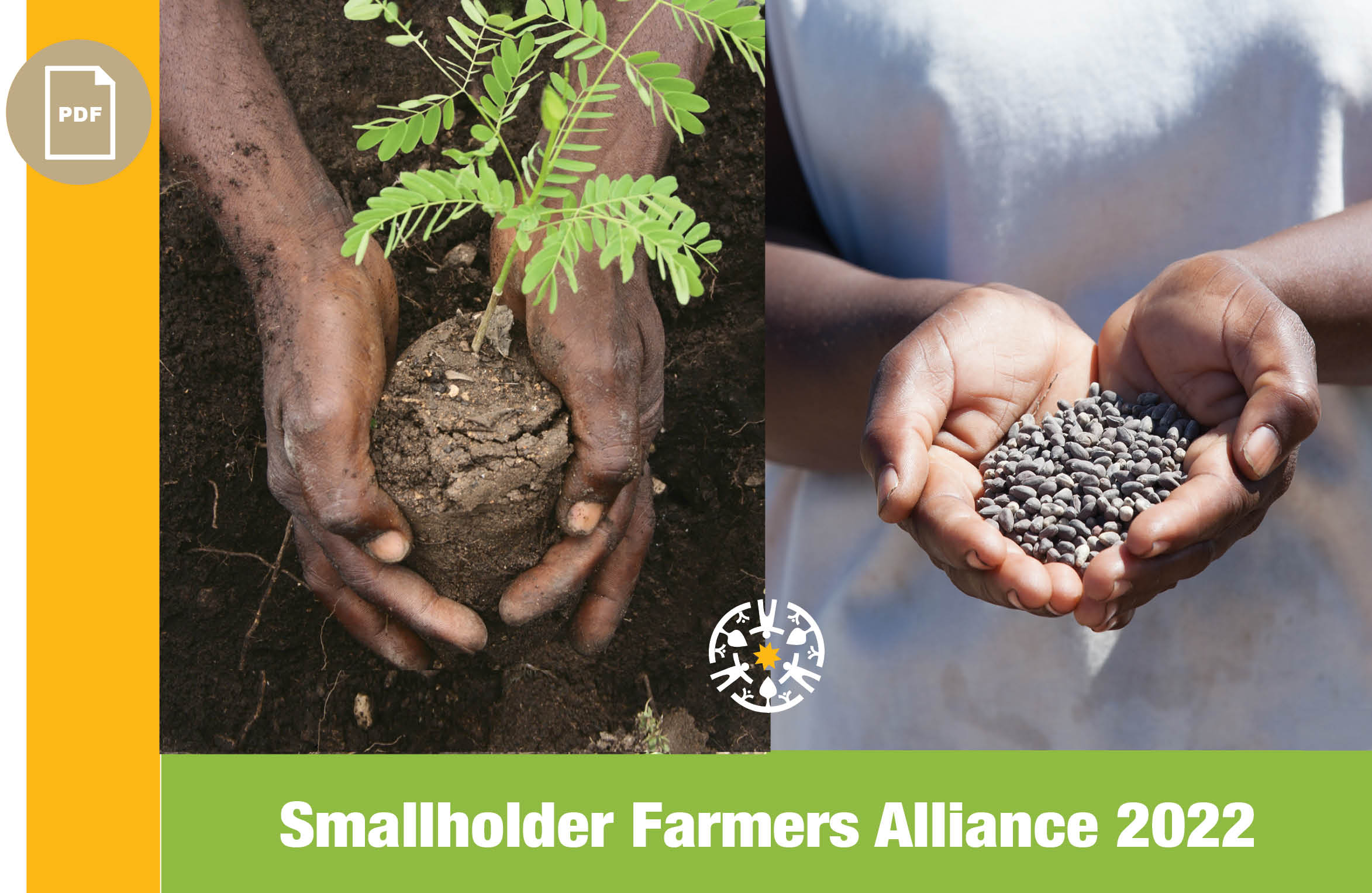

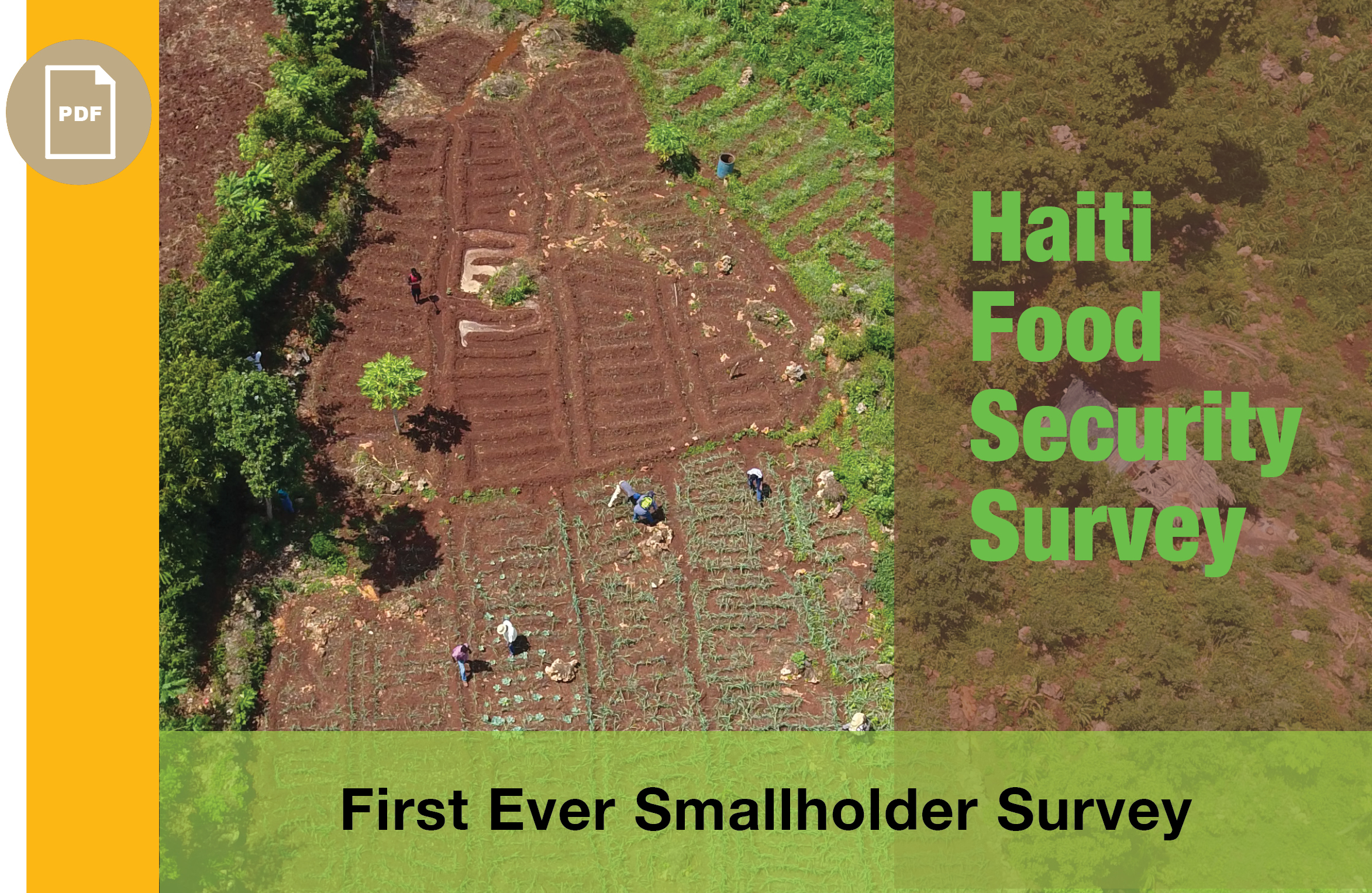
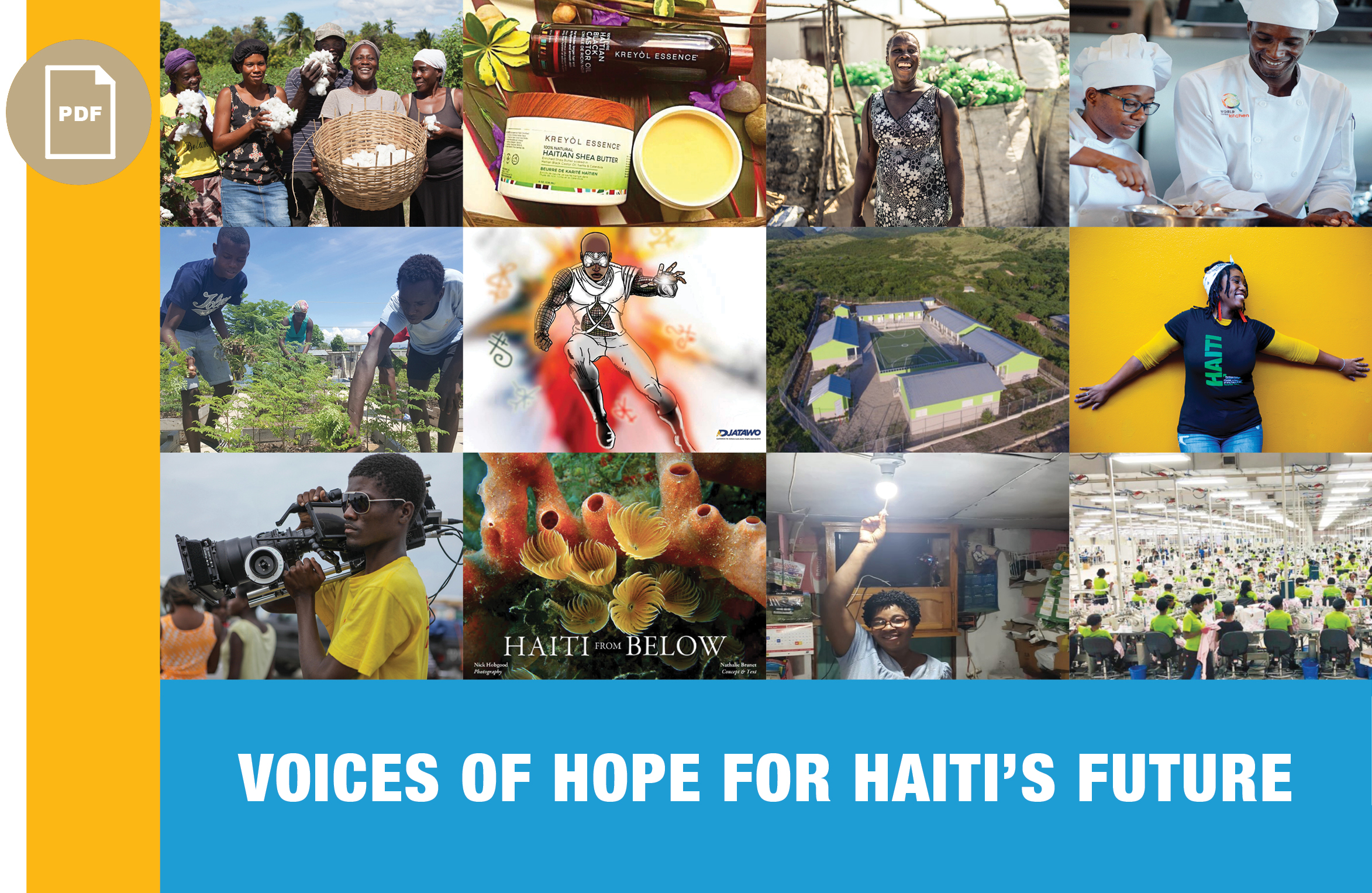

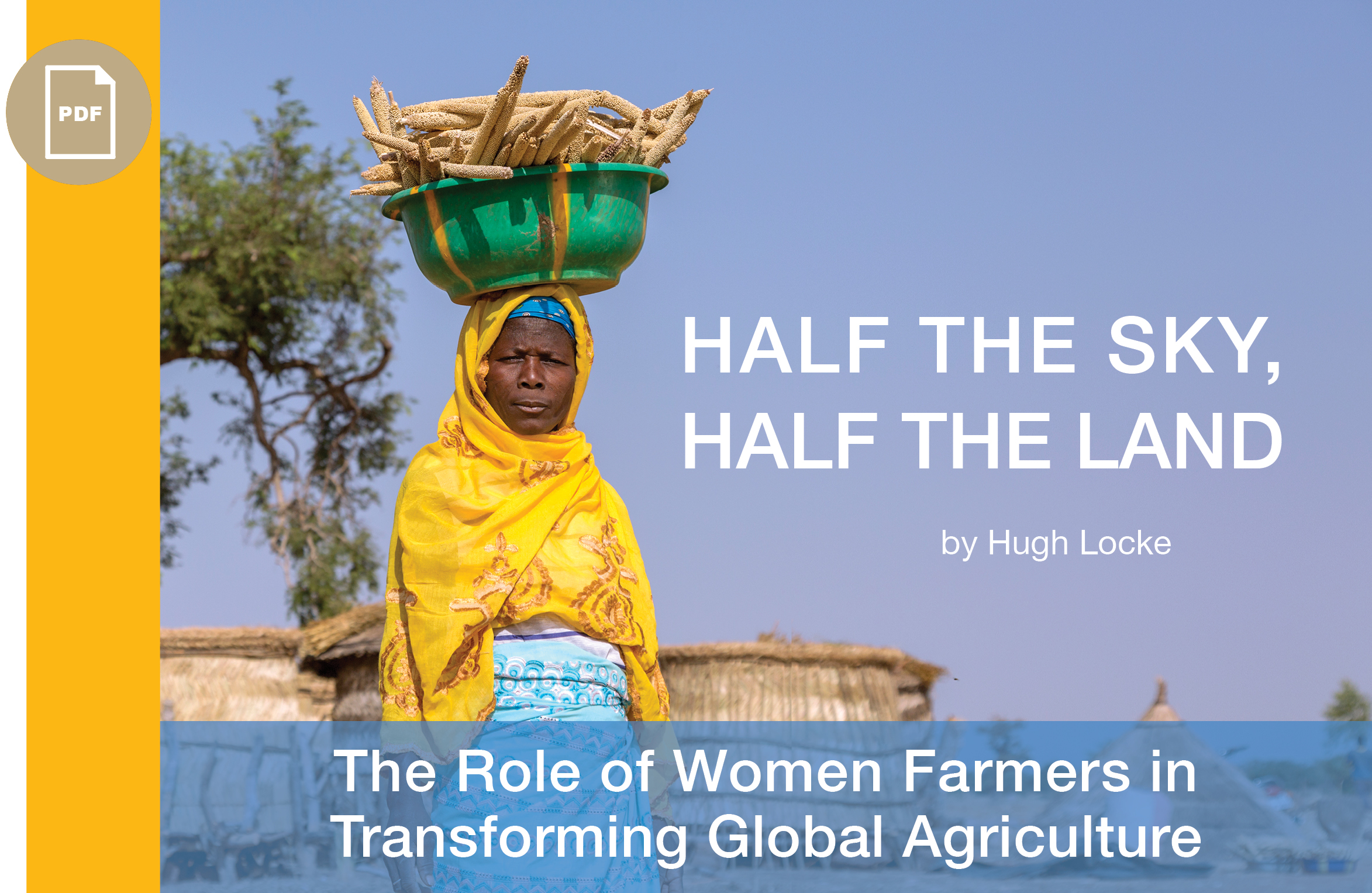
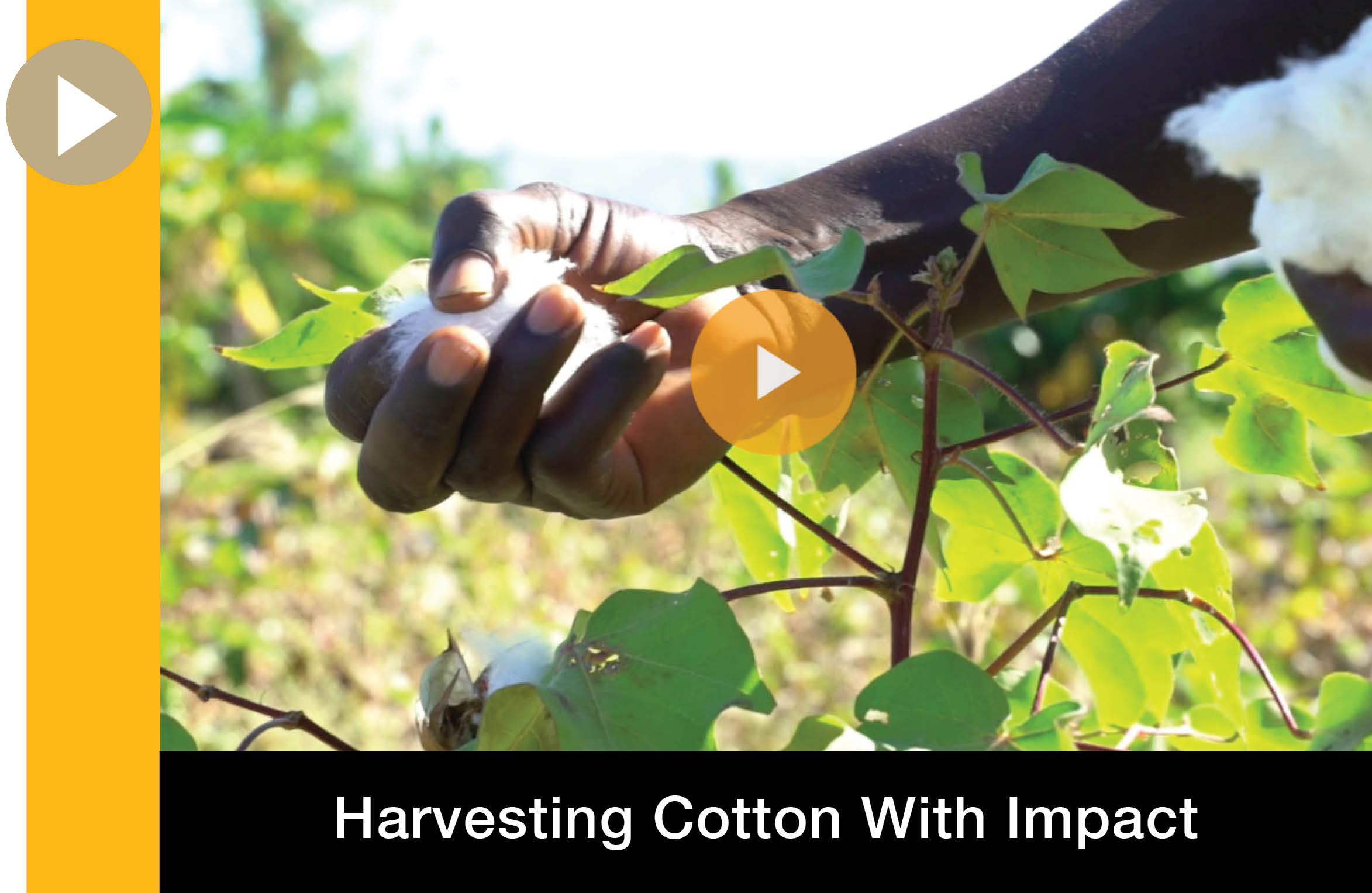
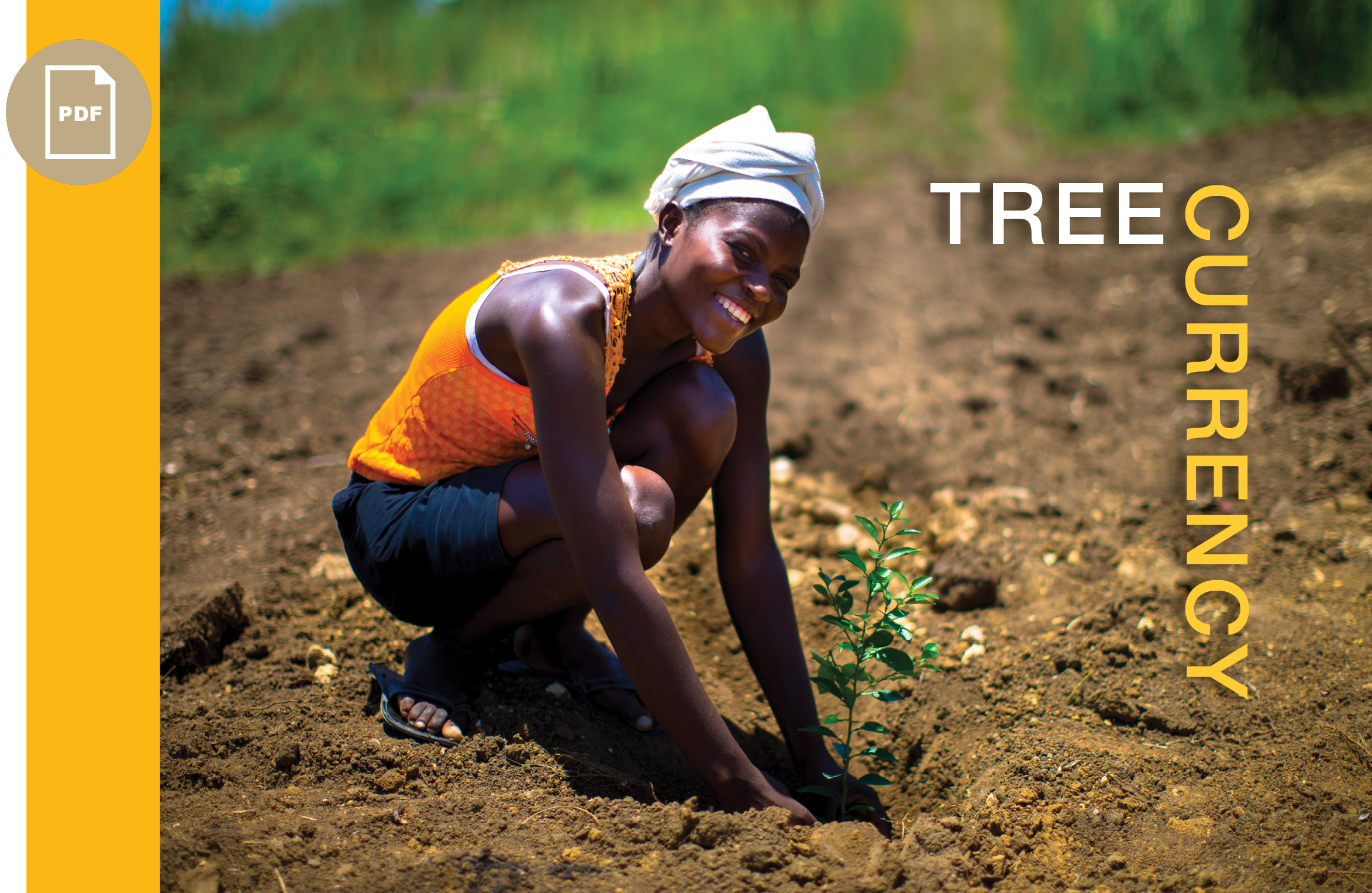
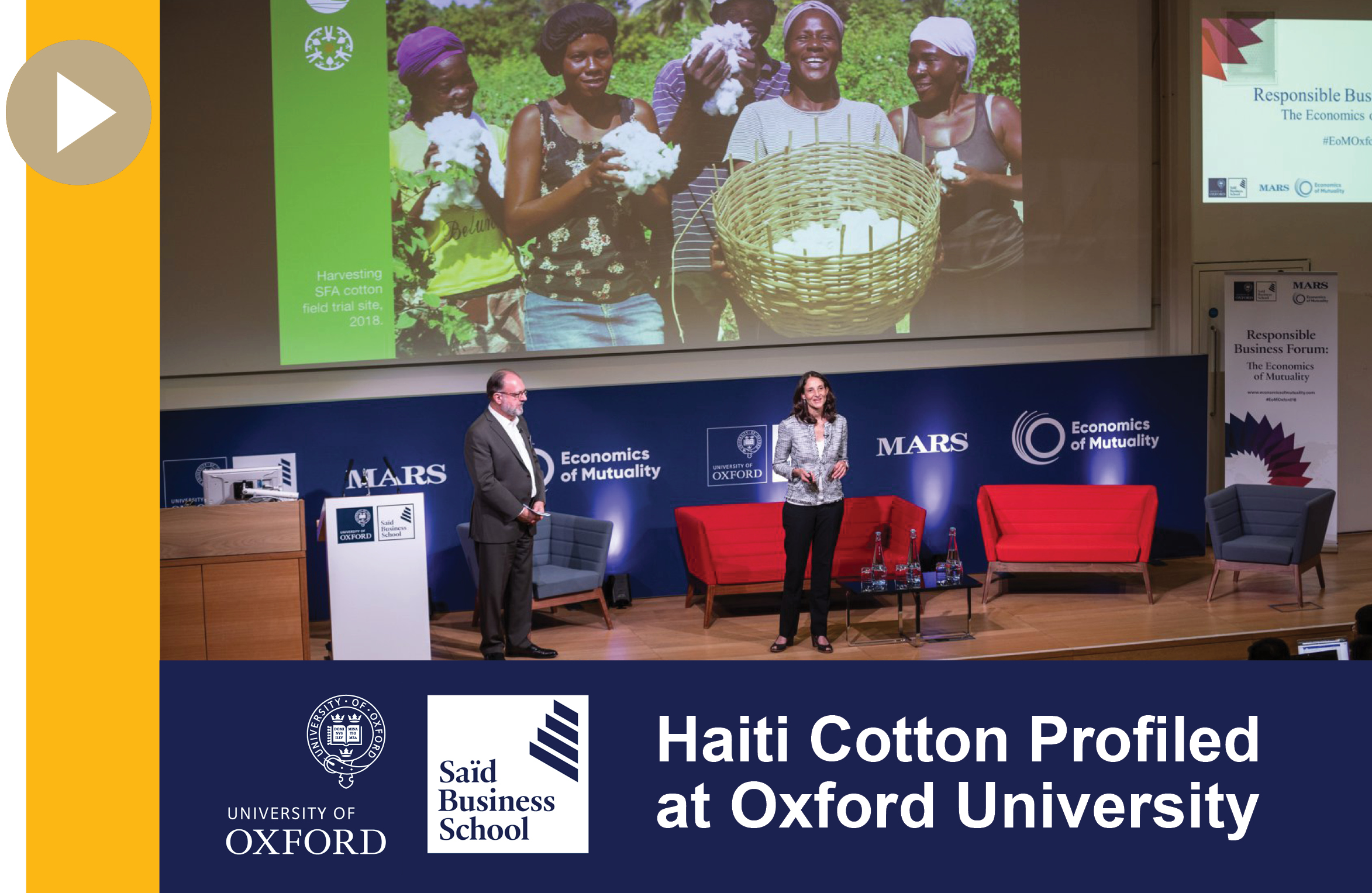
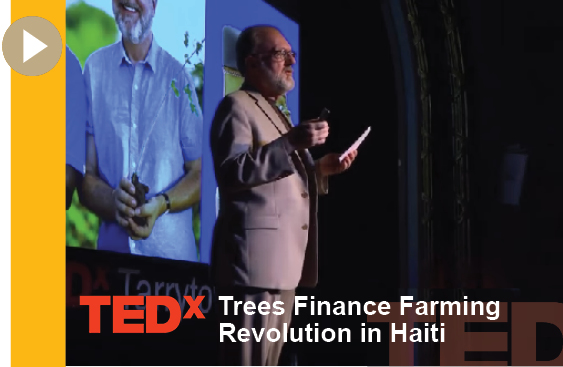
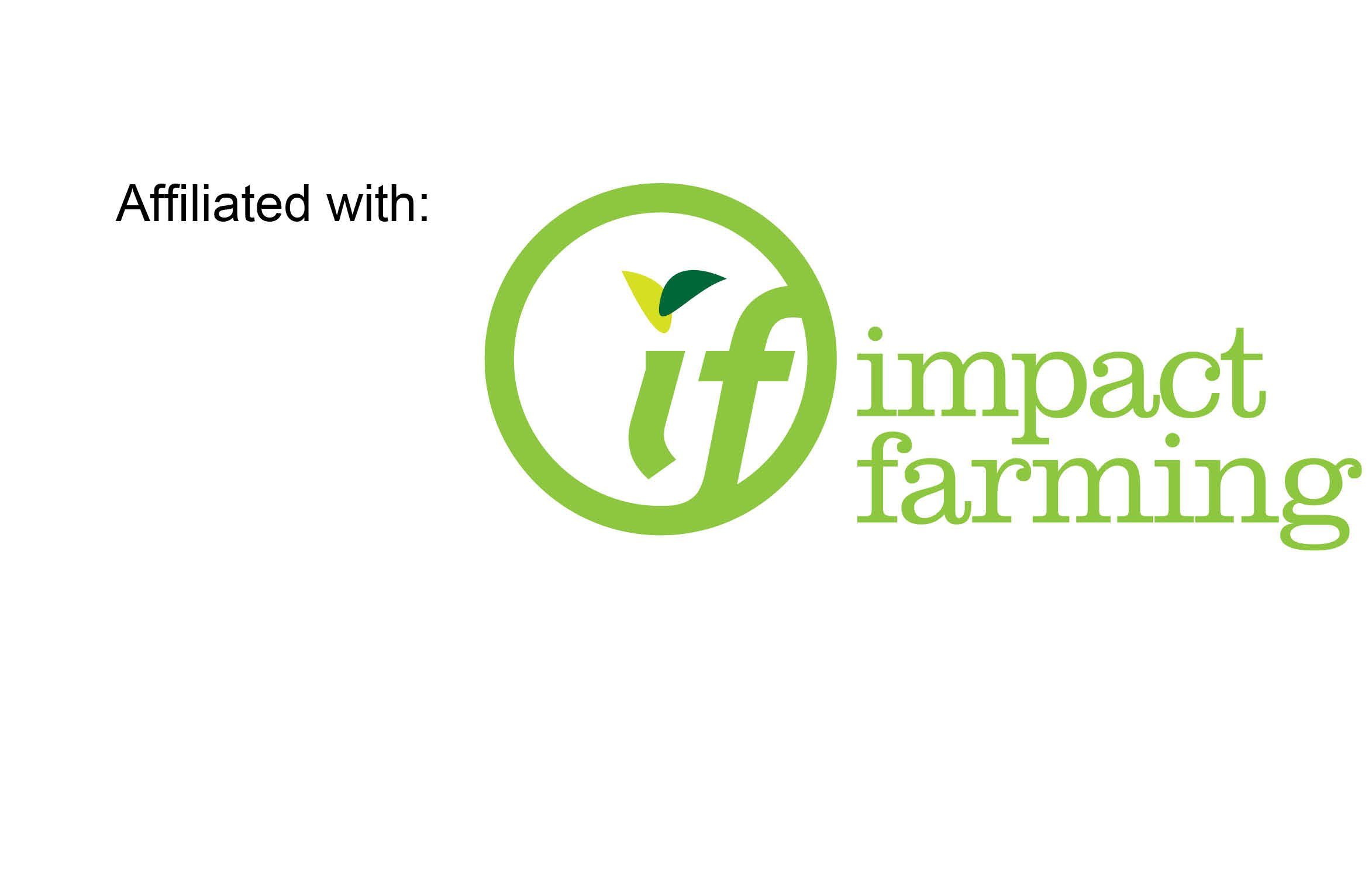
Reader Comments